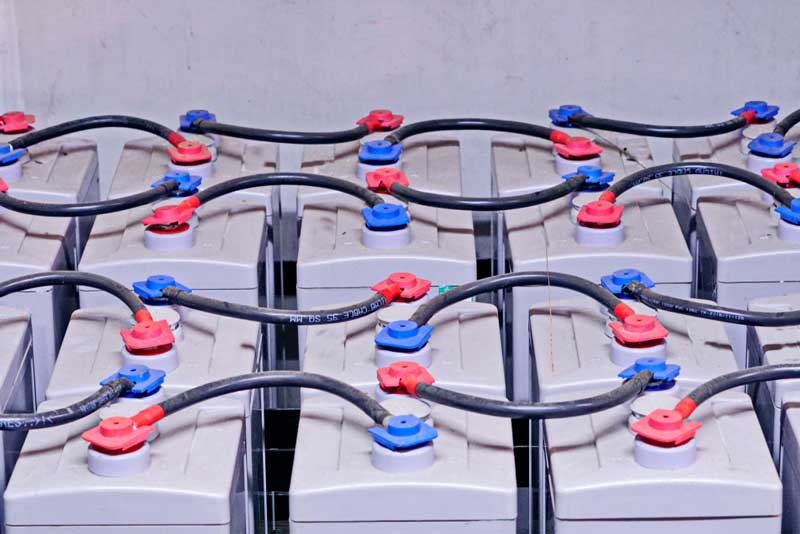Lead-acid batteries can sometimes recover after being unused during winter, but the extent of recovery depends on several factors, including the battery’s condition before storage, how it was stored, and the length of time it was unused. Here are some steps you can take to help a lead-acid battery recover after winter.
Steps for Recovery
- Visual Inspection: Check the battery for any physical damage, such as cracks, bulges, or leaks. If the battery is damaged, it should be safely disposed of and replaced.
- Clean the Terminals: Remove any corrosion from the battery terminals using a mixture of baking soda and water and a wire brush. Clean terminals ensure a good connection.
- Check Electrolyte Levels: In flooded lead-acid batteries, check the electrolyte levels. If they are low, add distilled water to the appropriate level. Do not overfill.
- Charge the Battery:
- Slow Charge: Use a smart charger or a low-amperage charger to slowly bring the battery back to a full charge. Fast charging can cause further damage.
- Desulfation Mode: If your charger has a desulfation mode, use it. This mode can help break down any lead sulfate crystals that may have formed.
- Equalization Charge: For flooded batteries, perform an equalization charge if recommended by the manufacturer. This helps balance the cells and reduce stratification.
- Test the Battery:
- Hydrometer Test: Use a hydrometer to check the specific gravity of the electrolyte in each cell. This will give you an idea of the state of charge and health of the battery.
- Load Test: Perform a load test to see if the battery can hold a charge under load. This will indicate the battery’s capacity and ability to perform.
Preventive Measures for Future Winters
- Fully Charge Before Storage: Ensure the battery is fully charged before storing it for the winter. A fully charged battery is less likely to sulfate.
- Store in a Cool, Dry Place: Store the battery in a cool, dry place to minimize self-discharge and prevent freezing.
- Battery Maintainer: Use a battery maintainer or trickle charger to keep the battery charged during storage. This helps prevent sulfation and keeps the battery in good condition.
- Regular Checks: Periodically check the battery’s voltage and electrolyte levels (for flooded batteries) during the storage period.
Possible Outcomes
- Successful Recovery: If the battery was stored properly and maintained periodically, it might recover well and continue to perform.
- Partial Recovery: If the battery has some sulfation or minor degradation, it might recover partially but may have reduced capacity or lifespan.
- No Recovery: If the battery was heavily sulfated or damaged during storage, it might not recover and will need to be replaced.
By following these steps, you can maximize the chances of recovering a lead-acid battery after winter storage. Regular maintenance and proper storage techniques can help ensure better battery performance and longevity.


